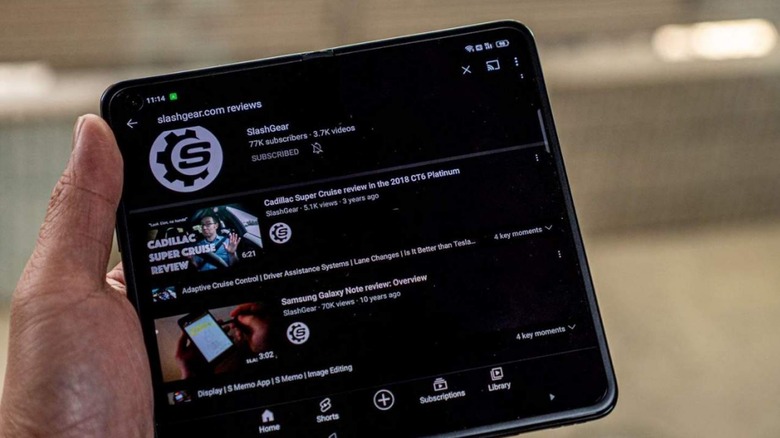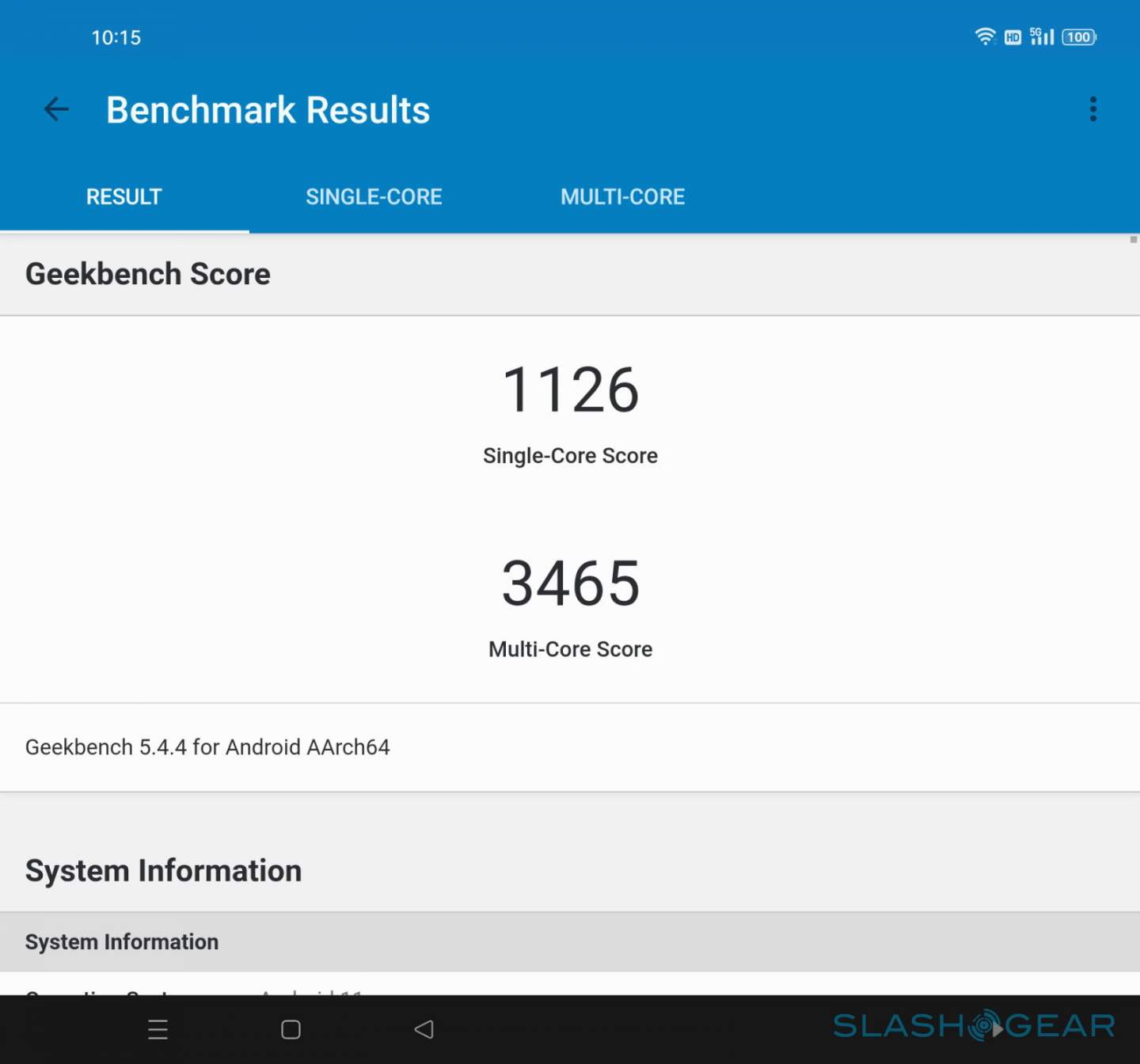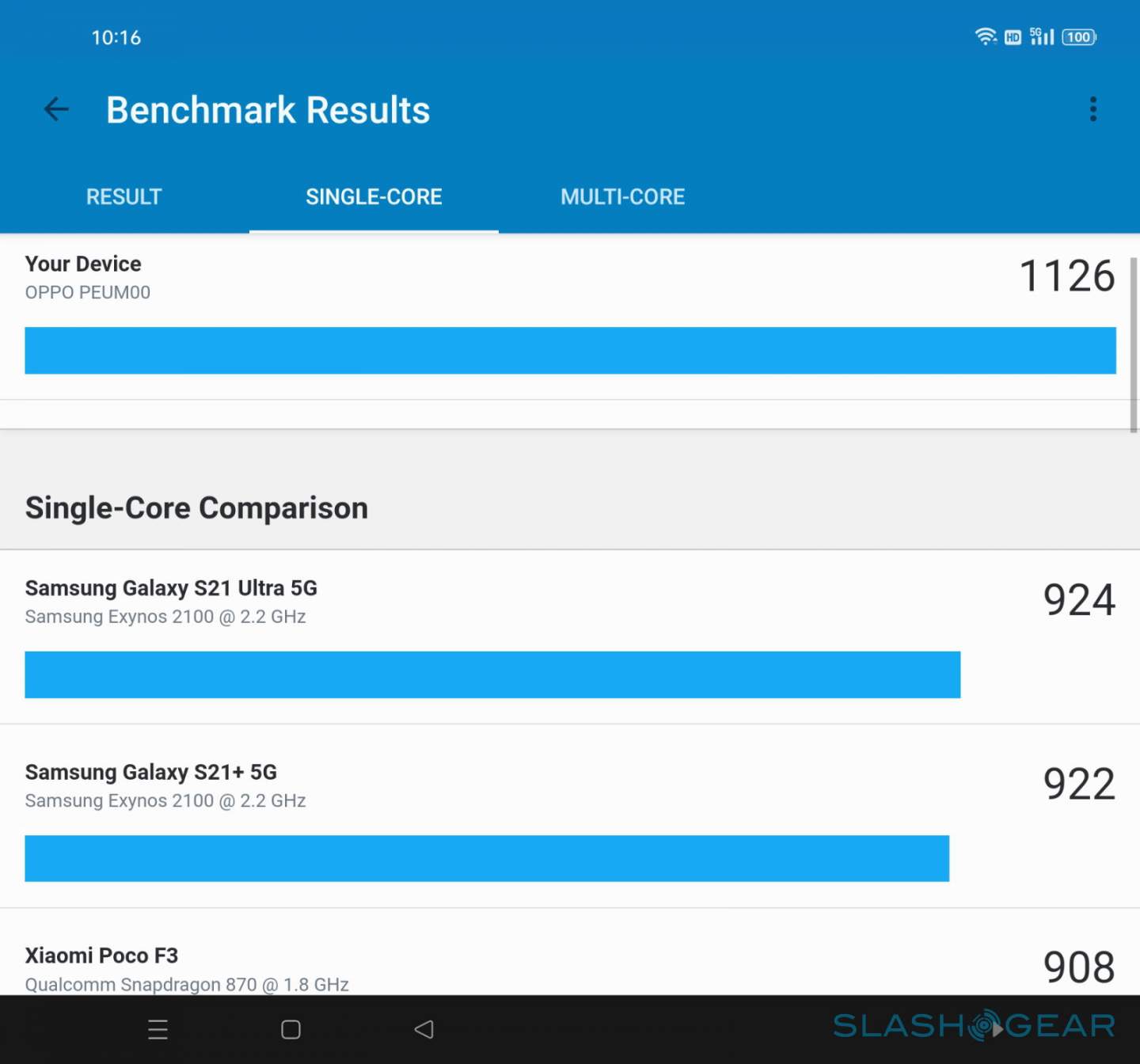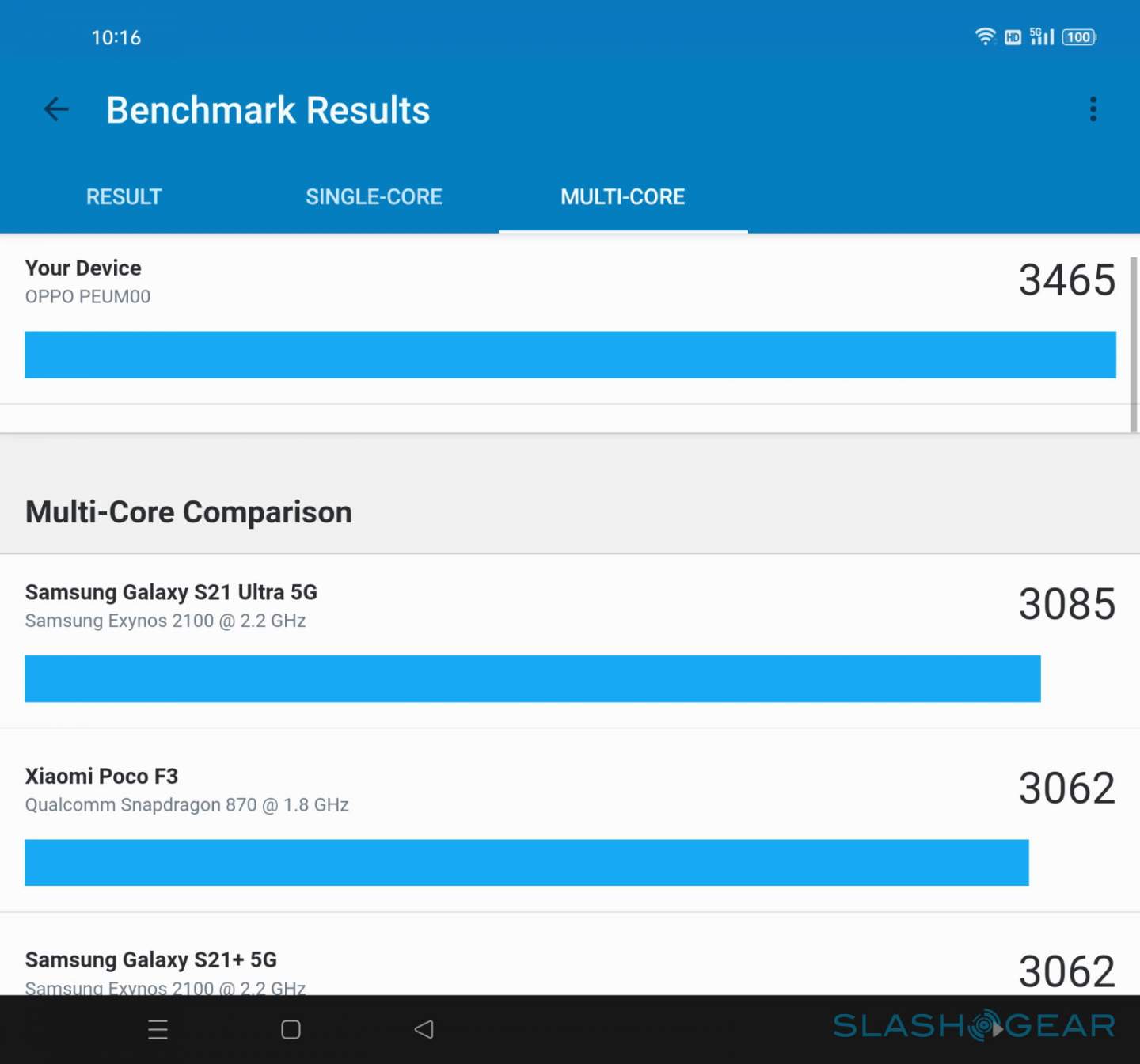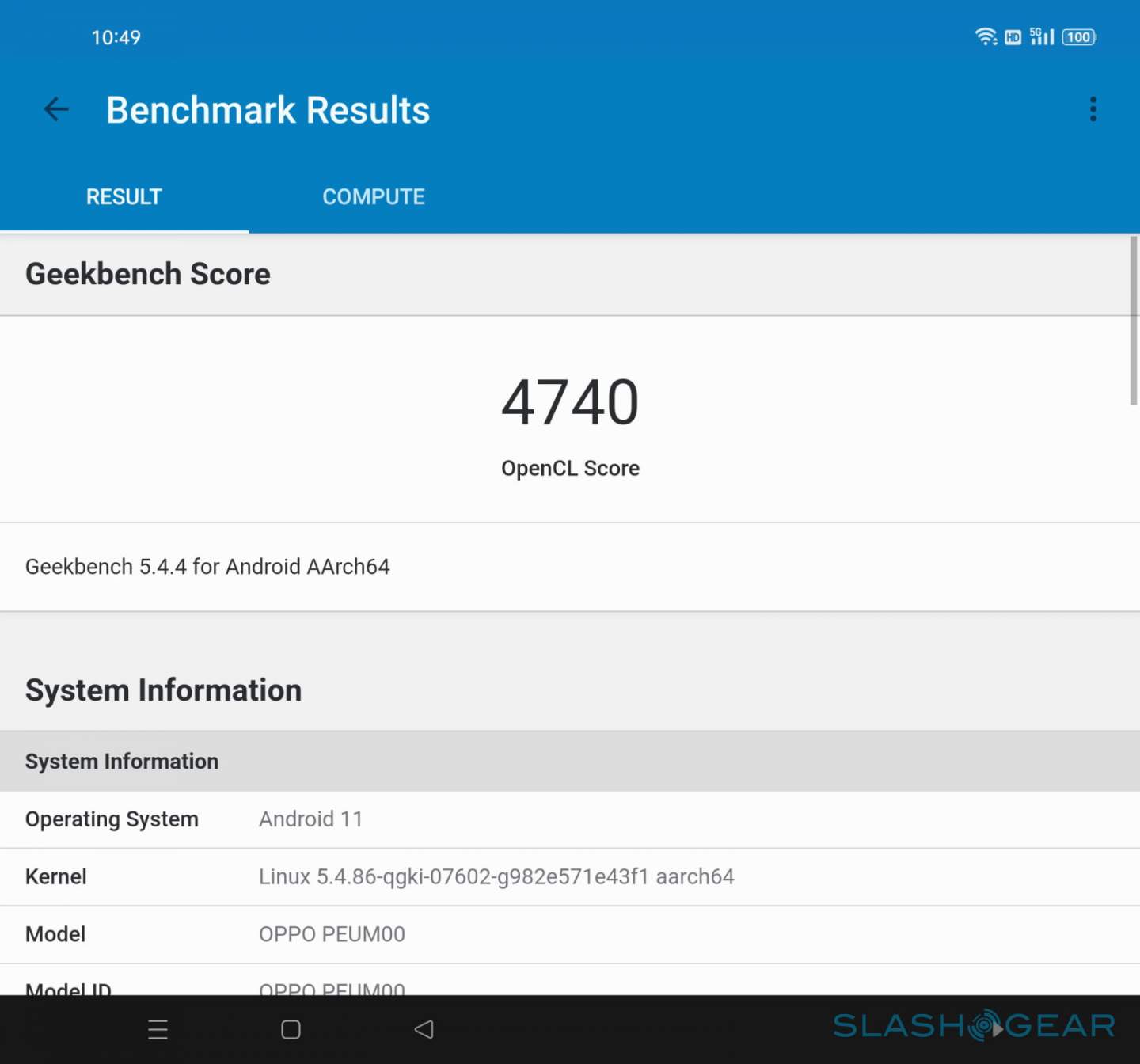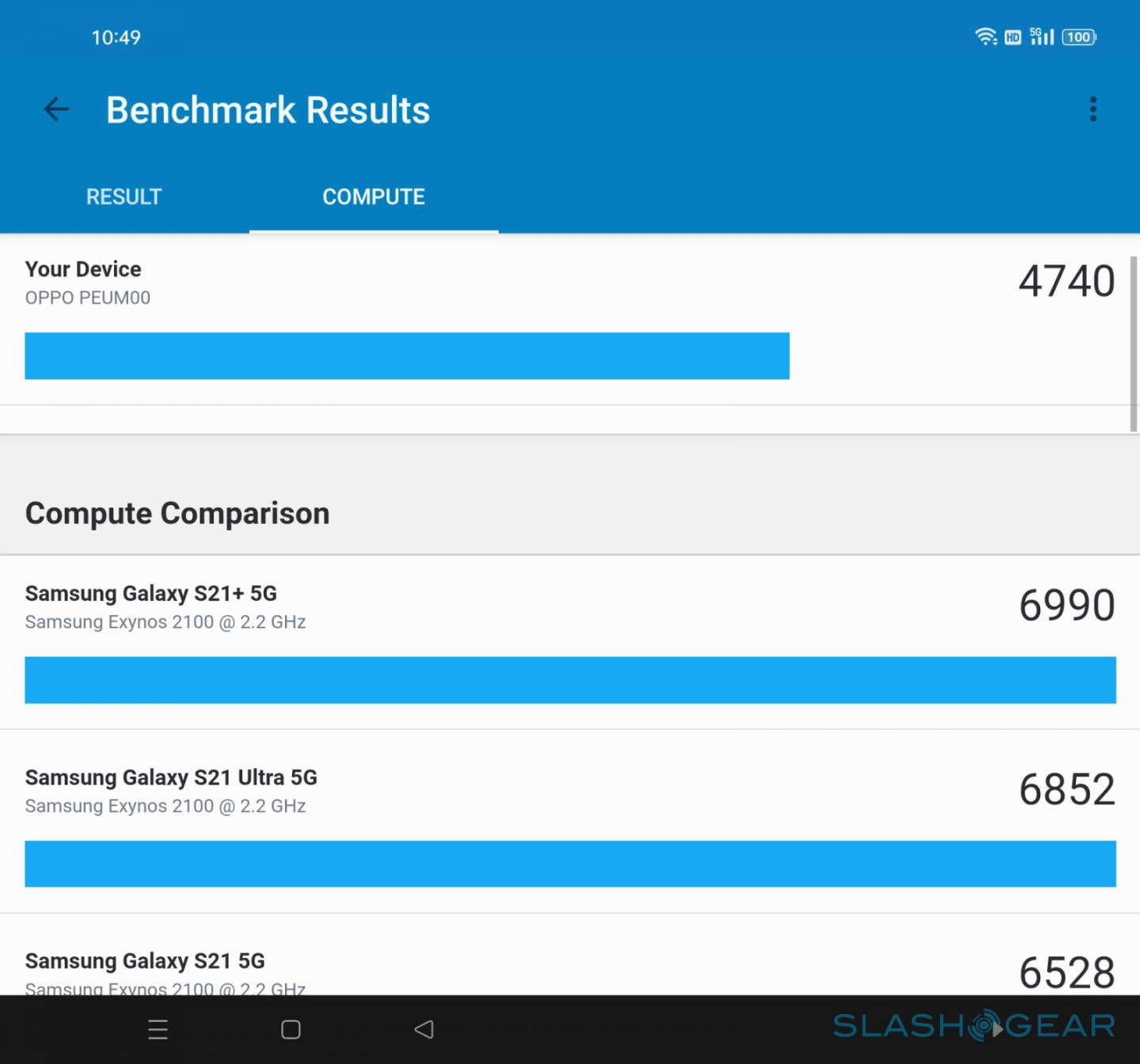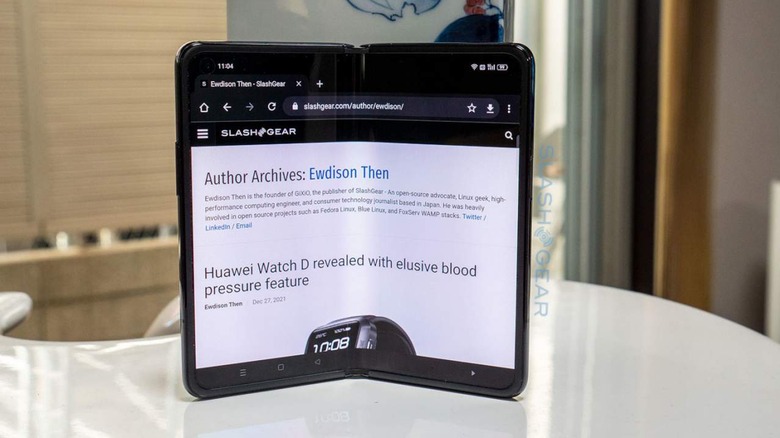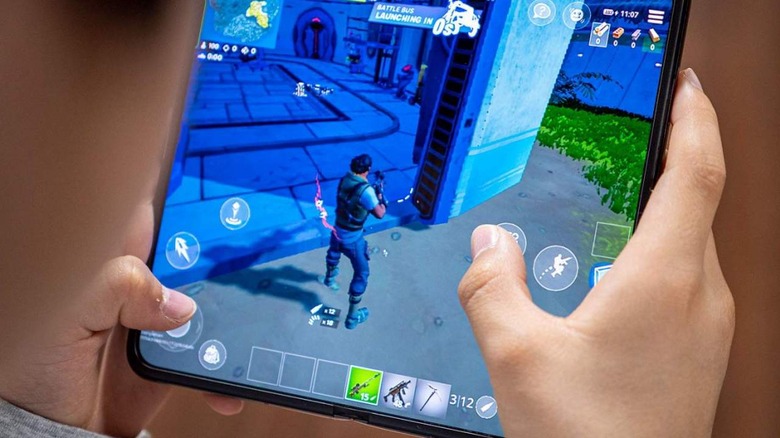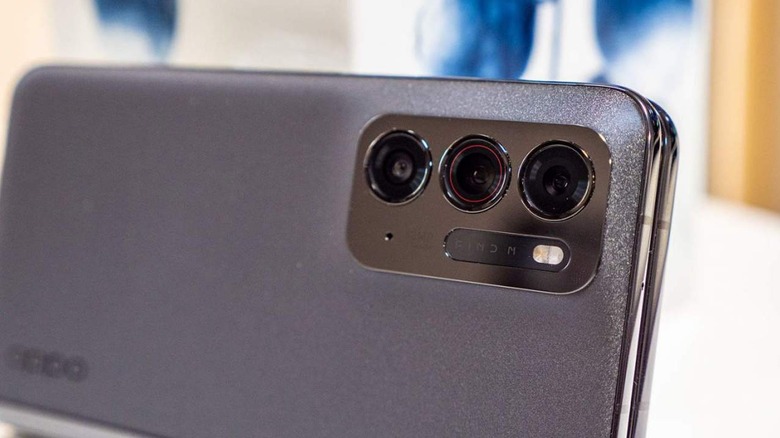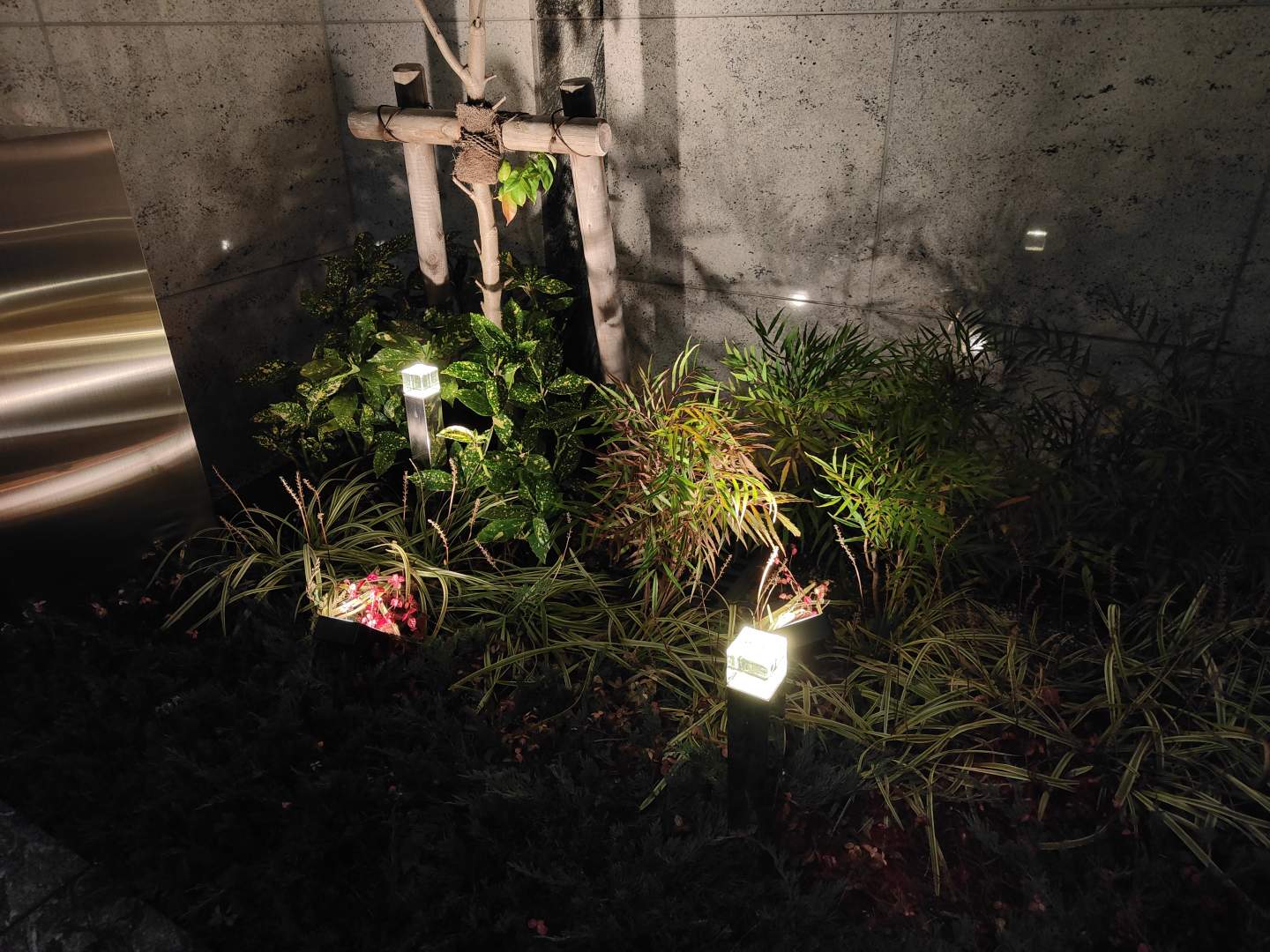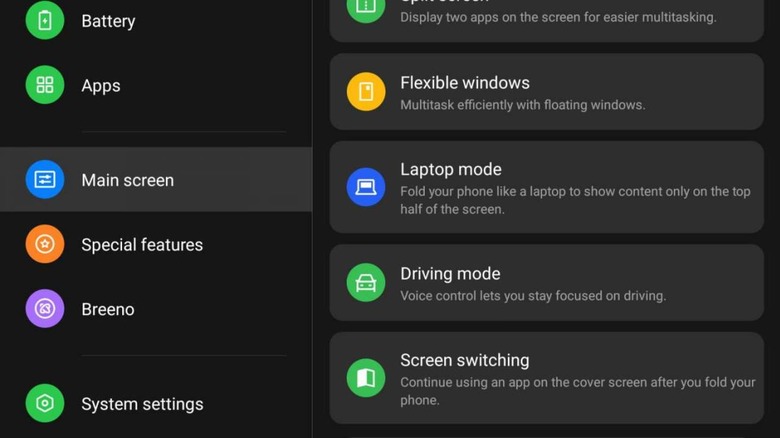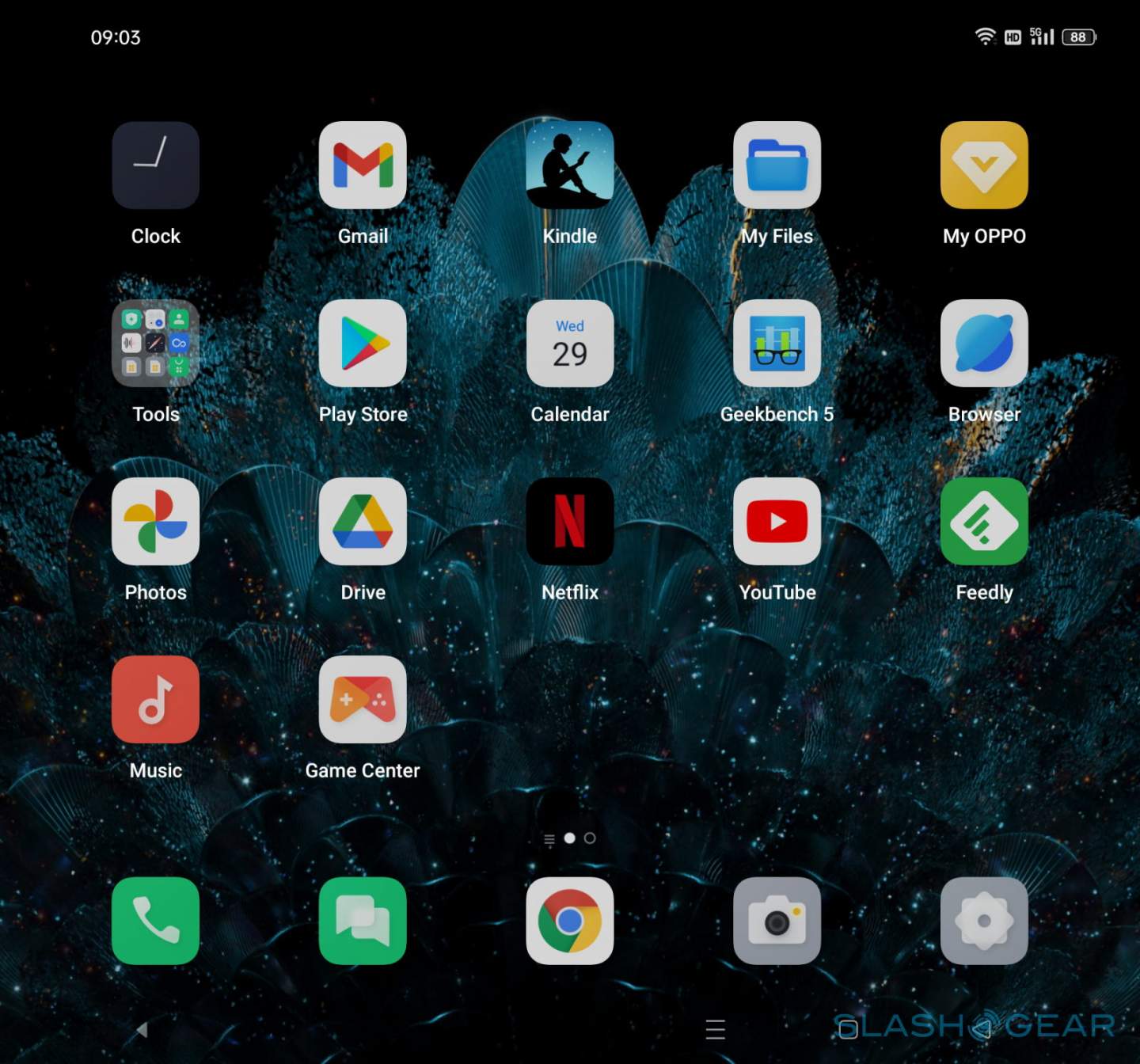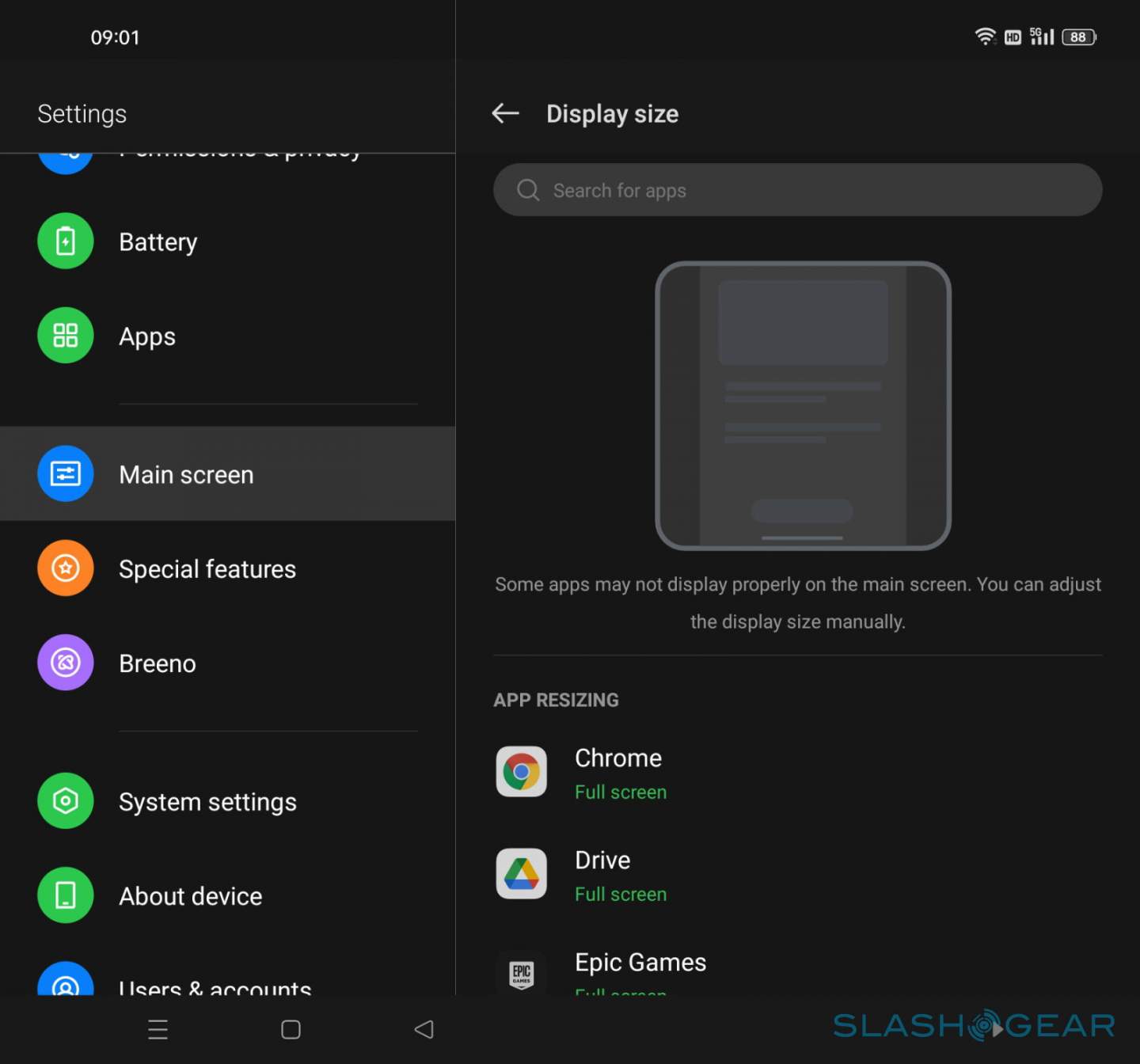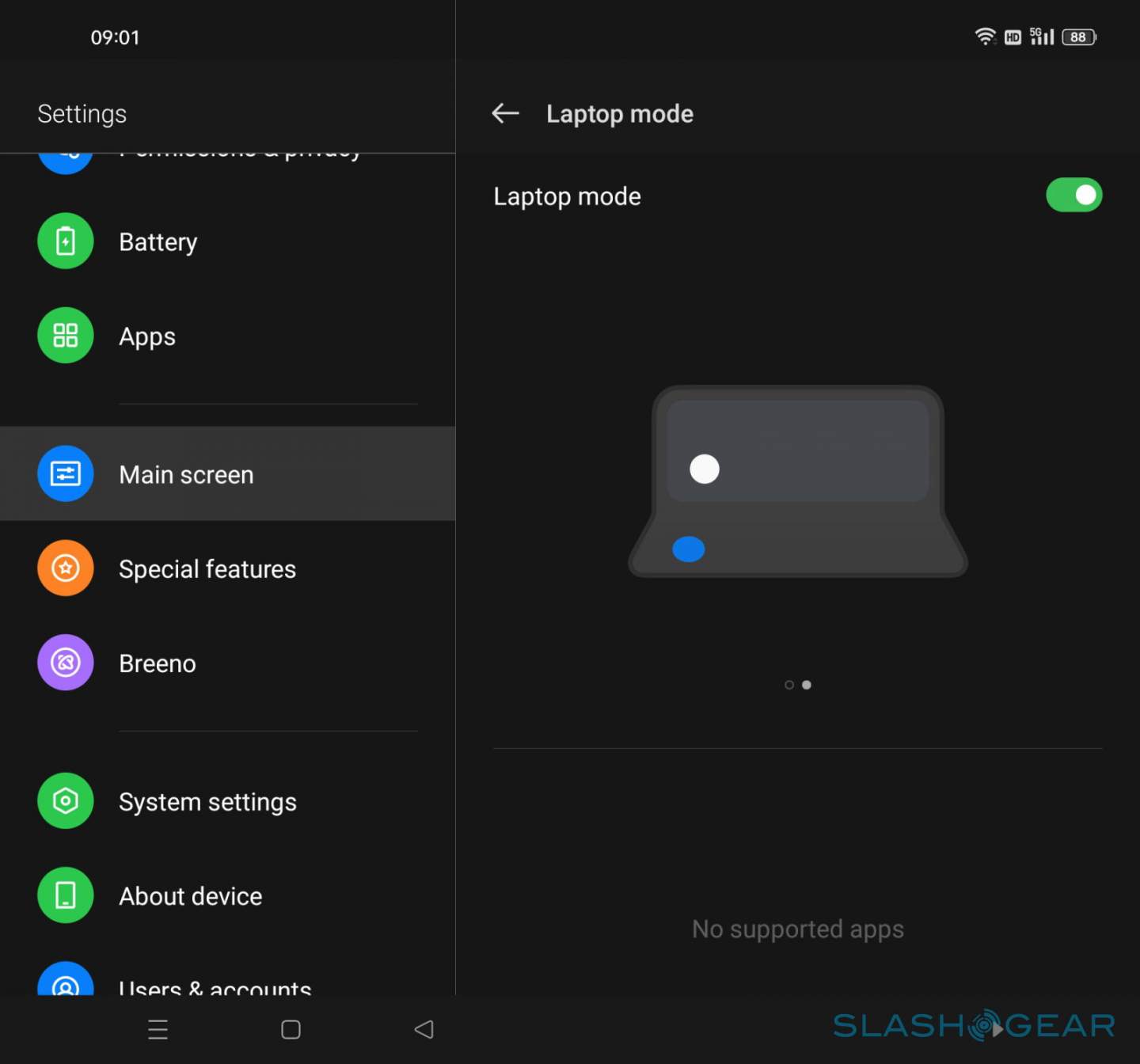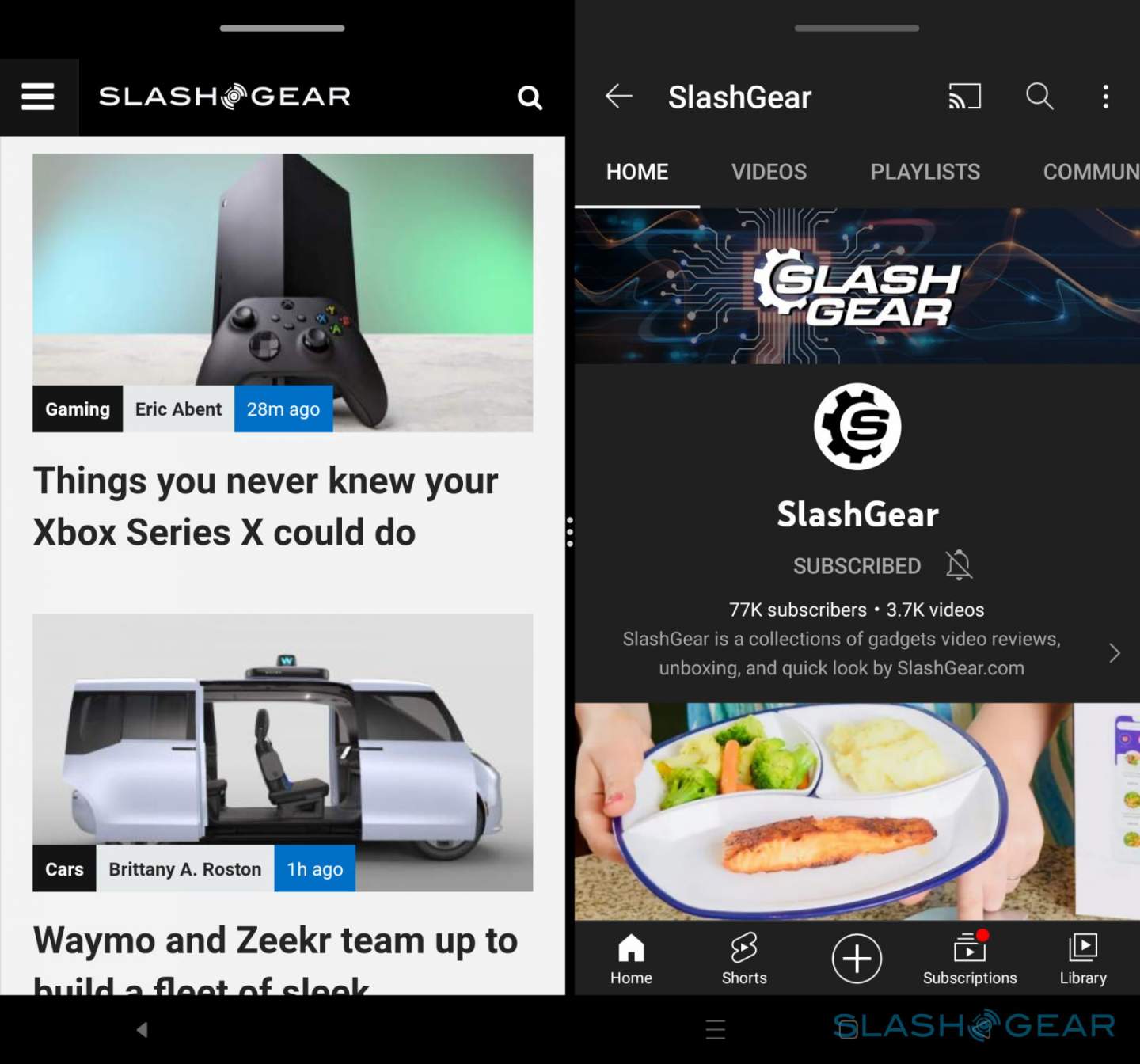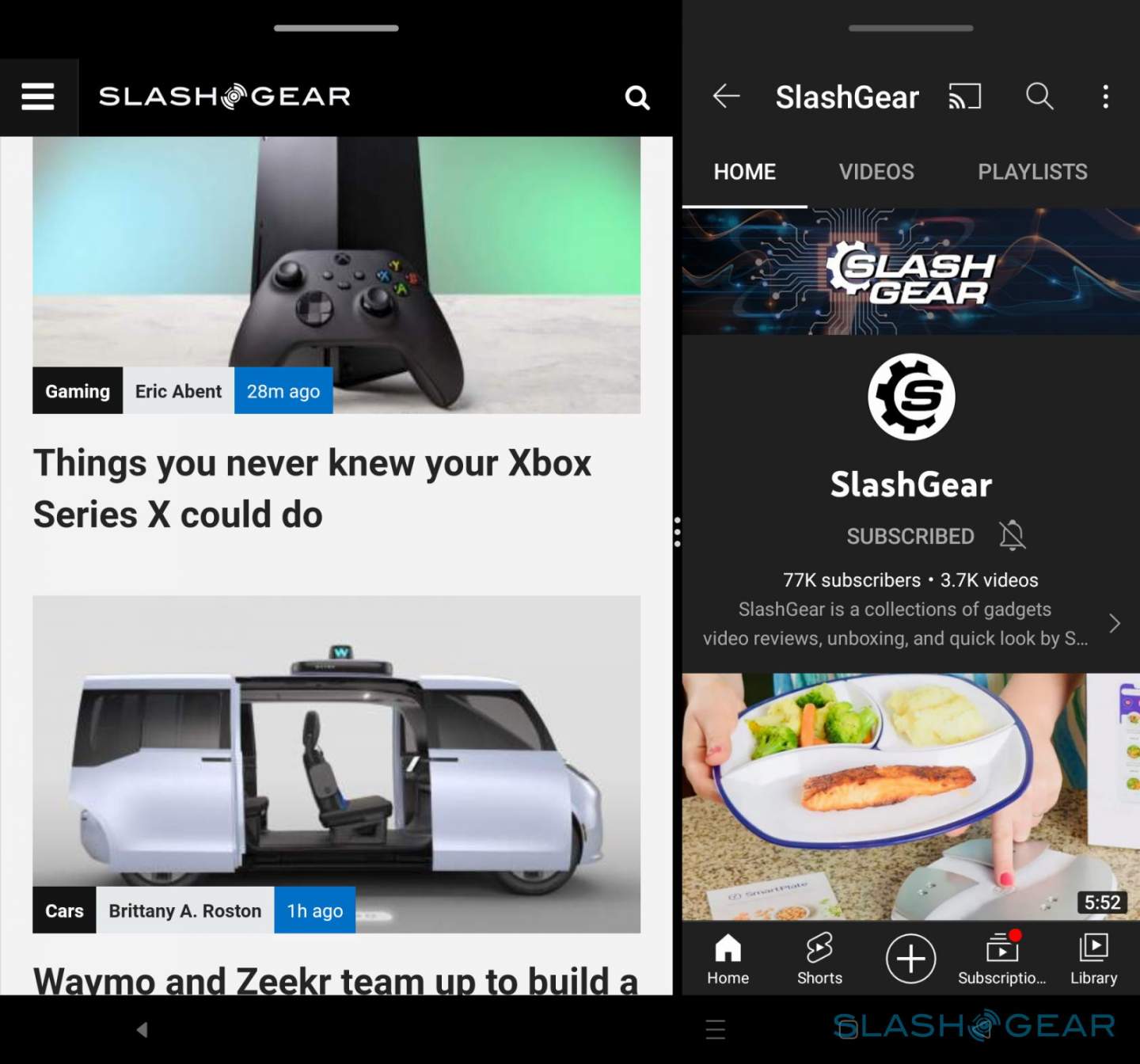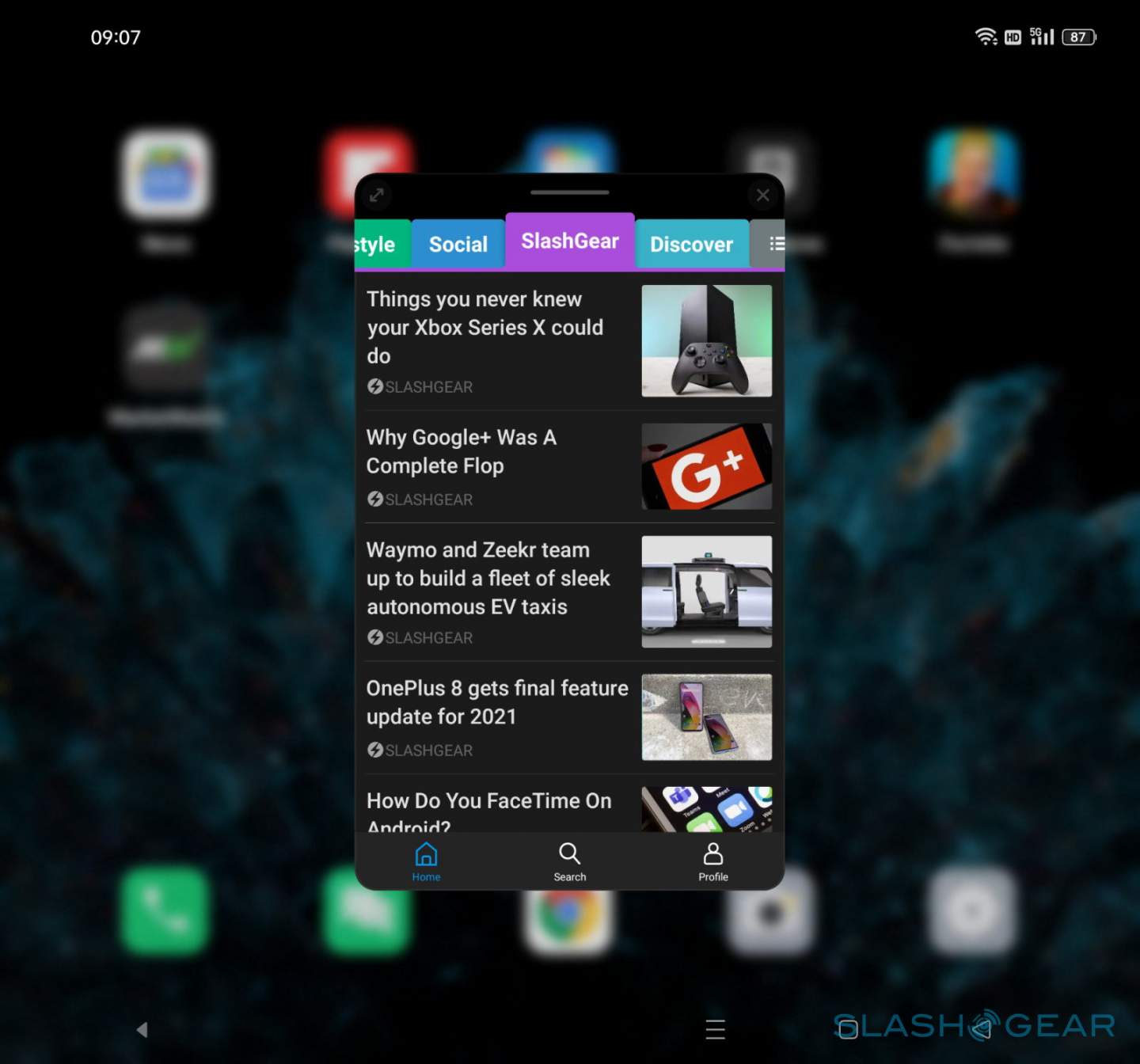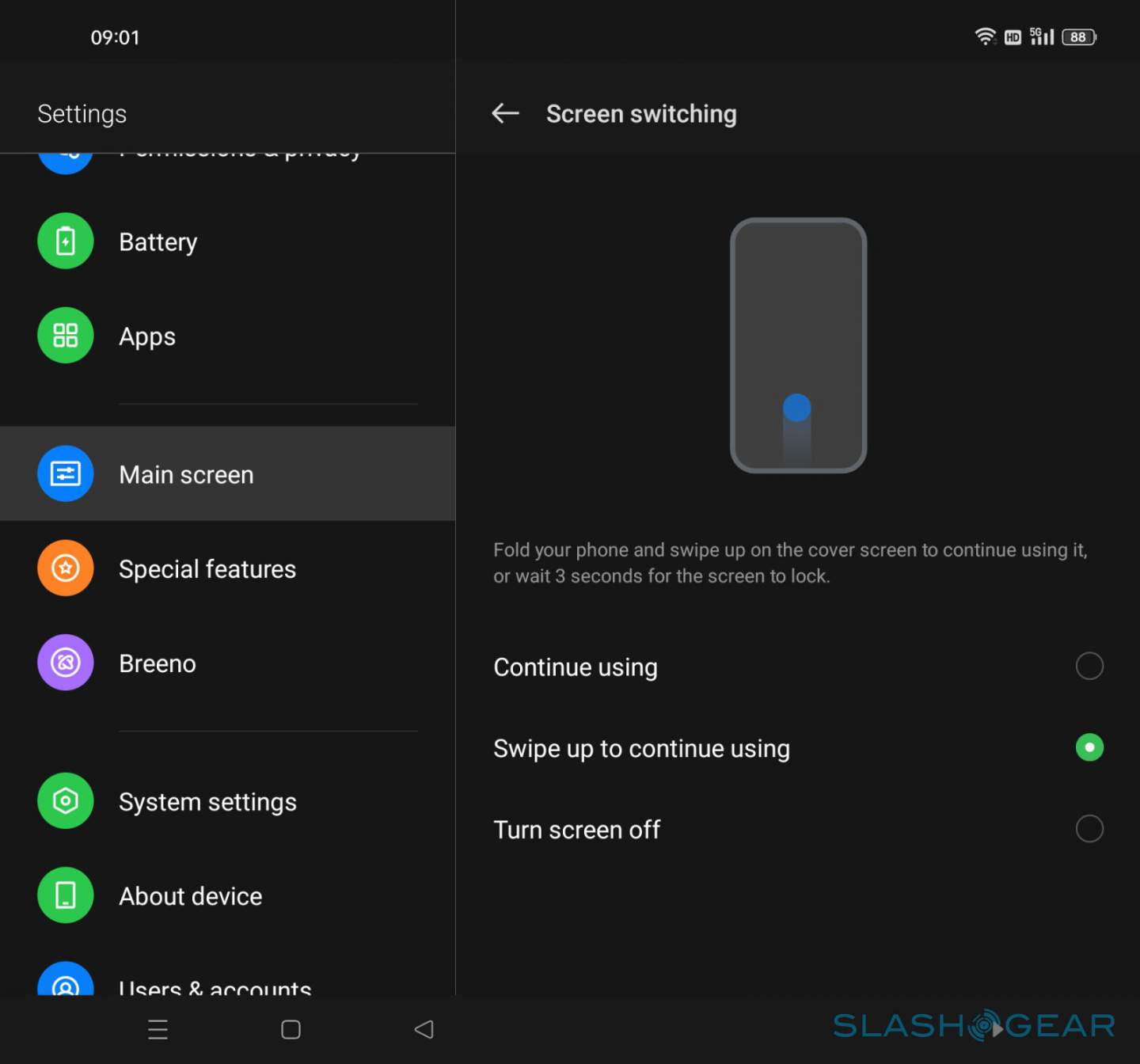OPPO Find N Foldable Phone Review
It's hard to consider a product mainstream when there are only two or three people selling a small number of them. For foldable phones and tablets to really be accepted as the future of mobile, they have to be more accessible in design, availability, and price. Those are the goalposts that OPPO tried to hit with the company's first foldable device. With mixed excitement and cautious optimism, we took the OPPO Find N for a good spin to see how many points it managed to score on its first try.
Core Specs
With a foldable device, the specs sound like the most boring part. That said, the 2019 Motorola Razr proved that a good foldable could be crippled by middling performance. Fortunately, OPPO didn't really skimp on the hardware, which makes its proposition even more of an unexpected surprise.
The Snapdragon 888 will be "previous-gen" in the next weeks, of course, but its performance is still commendable, especially when paired with 12GB of RAM. The rest of the OPPO Find N is your typical affair, which means that it runs buttery smooth for almost everything you can throw at it. It ranks quite along with other Snapdragon 888 phones and even beats the Exynos Galaxy S21 Ultra. Of course, there's also a Pro Gamer mode to kick things up a notch at the cost of more heat and shorter battery life.
The OPPO Find N also has superb battery life compared to the Galaxy Z Fold 3. That's thanks to the larger 4,500 mAh battery inside despite its smaller size. With average use, the phone lasts a day before requiring a charge, though continuous gaming and watching on the device will naturally drain it faster. Given how handy it is and how beautiful its screen is, you might indeed find yourself doing that a lot. Fortunately, OPPO ships a 33W SuperVOOC charger with the phone, so you can charge it from empty to full in just about 70 minutes.
The one rather disappointing aspect of the foldable phone when it comes to hardware is the sound system. There are only two speakers, and both of them are located at the bottom. This removes any opportunity for a good stereo sound implementation, which is a shame and a puzzle for a device that was designed with entertainment in mind. If that weren't bad enough, the actual audio quality is pretty average, with the volume being its biggest strength, mostly thanks to having two speakers on the same side.
Design
The OPPO Find N's biggest draw isn't its performance, though. After all, we've seen nearly the same specs on the Galaxy Z Fold 3, the Xiaomi Mi Mix Fold, and the Huawei Mate X2. What everyone is buzzing about OPPO's foldable phone is, instead, is a radically different design. Yes, it still folds vertically in the middle like the three mentioned above, but it is significantly smaller and wider, which is actually the greatest thing about it.
Almost all foldable phones to date have failed to deliver a design that is usable when the phone is folded. All three before OPPO are too tall, with the Xiaomi Mi Mix Fold as the biggest offender. They are also too narrow, making content look cramped and making keyboards almost unusable. The OPPO Find N solves that by having an external screen in a handier 18:9 ratio and a smaller 5.5-inch screen, almost a throwback to smartphones predating "phablets." This does mean that the phone opens to an almost square 8.4:9 aspect ratio, but the 7.1-inch screen also makes it as manageable as a small tablet.

The size problem isn't the only thing that OPPO solved, though admittedly, it might be less original here. Taking a page from Huawei's book, the Find N's proprietary "Flexion Hinge" folds the middle of the screen into a teardrop shape that allows that area of the flexible display to sink into the frame when folded, which has two advantages that the more expensive Galaxy Z Fold series has failed to implement after three iterations. For one, the phone can fold completely flat without any gap in the middle, reducing the risk of having small particles enter through that gap. It also results in making the crease in the middle almost vanish completely. It's still there, given certain angles and lighting conditions, but you'll have to look for it harder than on the Galaxy Z Fold 3.
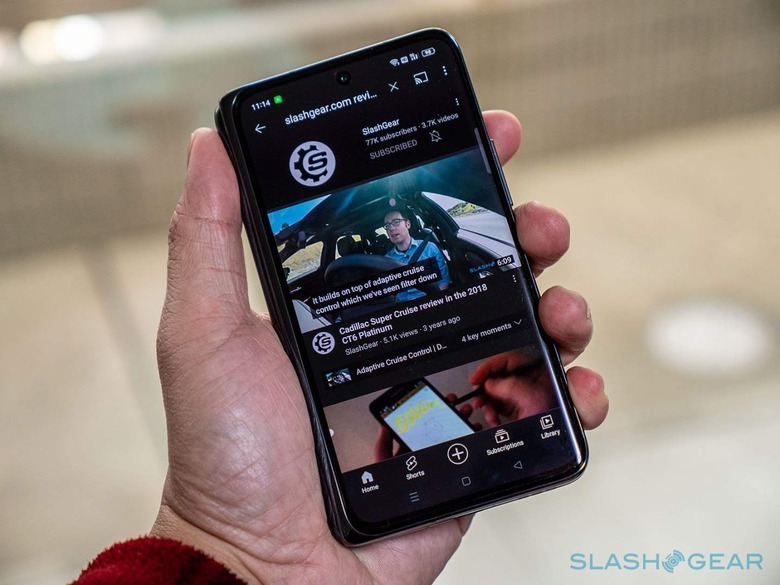
The OPPO Find N"s overall design results in a foldable phone that is finally less awkward to use, especially when folded. And just like all foldable phones this year, OPPO's hinge allows it to stop at any angle, turning the phone into a makeshift laptop or stand for the main cameras. Granted, some might actually find the smaller phone more cramped when it comes to content, but that isn't really the case once you start getting lost in watching videos or browsing the Web.
Sadly, the one thing that OPPO couldn't surpass Samsung on is in the waterproofing department. Both the Find N and the Galaxy Z Fold 3 are weak against dust, but OPPO's foldable phone has no IP rating either. Of course, the company assures us that the phone won't die from your sweaty hands or even a few drops of rain, but forget about trying to use it under a downpour.
Display
The displays are probably the real stars of the show, at least equally with the hinge that enables this folding trick. After all, you wouldn't really want to invest in an expensive foldable device if it brings nothing but discomfort when looking at its screens. The good news is that OPPO didn't skimp on these parts either.
The internal flexible screen is a 7.1-inch AMOLED panel with a resolution of 1920x1792, barely reaching 2K requirements. It supports a variable refresh rate of up to 120Hz and can do both HDR10 and HDR10+. It has a small punch-hole cutout in the upper left corner for the front-facing camera, but it's easy enough to forget it's there in everyday use. There's a thin protective layer on top of the main screen, and users should not remove that under any circumstance or risk destroying the foldable screen completely.
The external Cover Screen is also an AMOLED panel that measures 5.5 inches and has a resolution of 1972x988, sadly missing the cut for Full HD. Unfortunately, it only has a maximum refresh rate of 60Hz, which means that the change in smoothness when switching between the two screens can be a bit jarring. Of course, that still depends on what rate the internal screen is running at, which can be 60Hz anyway, depending on the app or content being displayed. If that really starts to irk you, there is always the option to lock the internal screen down to 60Hz.
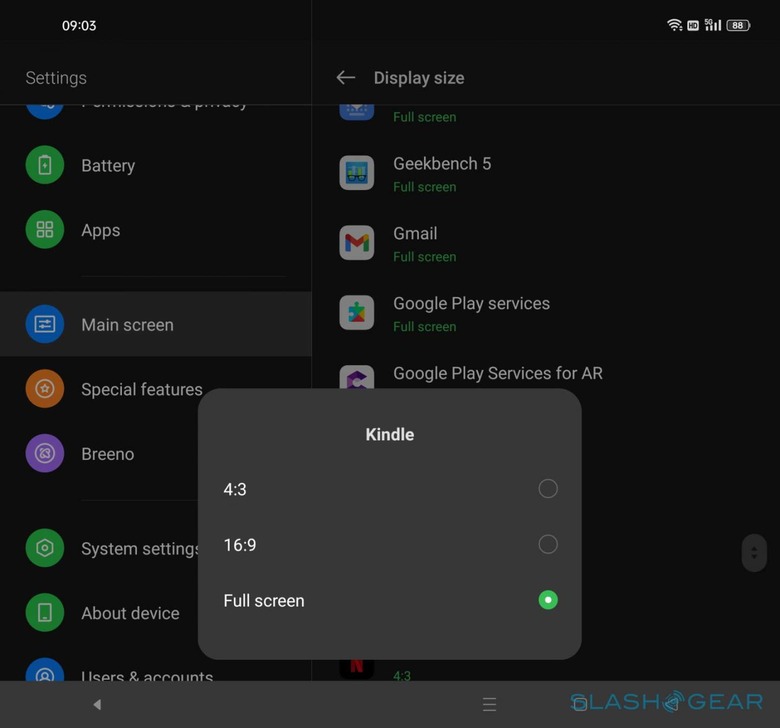
OPPO lets you decide how apps show up on the large internal display, in case they don't behave properly in full screen. You can select between 4:3 and 16:9 aspect ratios, depending on what the app may have been designed for. Do note, however, that it will result in some letterboxing in either case.
Fortunately, both screens are bright and vibrant and are excellent for what they are meant to do. The wider format of the Cover Screen actually makes the phone enjoyable to use when folded, in contrast to the groans of frustration coming from Galaxy Z Fold 3 owners. Despite mismatching refresh rates, both screens are calibrated with the same color accuracy so that there is no change in quality when switching between internal and external screens.
Cameras
One thing that the Galaxy Z Fold 3 has been heavily criticized for is its camera set. Although not exactly terrible, it felt like a step back in time for a 2021 phone that was still considerably more expensive than a regular high-end model. The Huawei P50 Pocket proved that a clamshell foldable could have bigger camera sensors, and the OPPO Find N is proving that it could also be done for book-type foldables.
The triple camera system on its back is led by a 50MP main sensor with omni-directional PDAF and OIS. The 13MP telephoto camera does only go up to 2x optical zoom, but it's better than nothing and actually does a good job at it. There's also a 16MP ultra-wide with a viewing angle of 123 degrees.
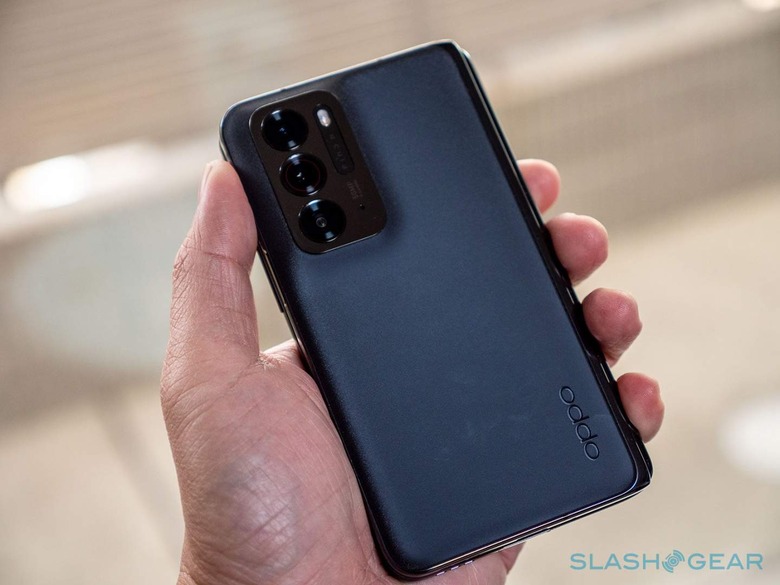
These specs sound good on paper, and, thankfully, they also do well in practice. OPPO has definitely leveled up its mobile photography in the past years, and we can't really find much fault with the Find N's performance, even in the dark. If there was ever one complaint, it would be that the camera's AI-powered post-processing is often too aggressive, resulting in softer output and creamy faces.
The Find N also excels when it comes to front-facing cameras and on both sides of the phone. Both the external and the internal selfie-shooters have large 32MP sensors. Of course, some might consider the internal camera overkill for video calls, but it's a welcome improvement over Samsung's disappointing 4MP under-display camera. That, too, produces adequate photos, though OPPO oddly defaults to 32MP output rather than using pixel binning for higher-quality 8MP images.
Software
One knock against the OPPO Find N for hardcore Android fans is that it comes with Android 11 despite running ColorOS 12 and at a time when Android 12 has been around for about three months now. After all, OPPO claimed to have been working on foldables for years, so it could have spent time putting Android 12 in its first foldable phone to make the best positive impact. Then again, that might not have mattered much considering it's running a customized ColorOS rather than the ones you'd see on regular OPPO phones.
The biggest is in the way it handles multitasking on a foldable screen. It introduces an admittedly intuitive gesture to split the screen between two apps. Using two fingers, swipe down the middle of the screen to "cut" the display, basically pushing the active app to the left and allowing another app to run on the right. There's also a four-finger pinch that shrinks an app down to a resizable and movable window.
Other than that, it's pretty much the same ColorOS 12 that OPPO launched back in October, with all the new features that the upgrade brought. There's a sidebar for quickly launching your favorite apps from any screen and PC Connect for mirroring your phone to a Windows computer. That also means there's plenty of pre-installed stuff, both standard OPPO apps as well as some that might be considered bloatware.
Our review unit is also the Chinese model, which is the only model that OPPO is officially selling for now. That means that any Find N you buy won't come with Google Play Store. While it's definitely possible to unofficially sideload Google's proprietary mobile stack, it isn't something that most users might be familiar with and also comes with its own risks and problems.
Final Thoughts
Although they have been around for almost two years now, foldable phones remain a luxury and a novelty for some people. The OPPO Find N, however, makes the idea not only accessible but even enjoyable. The smaller size makes it less awkward to hold, whether folded or opened, inspiring confidence in using the device. The roughly $1,200 price tag (converted from Chinese price) also makes it a less daunting investment.
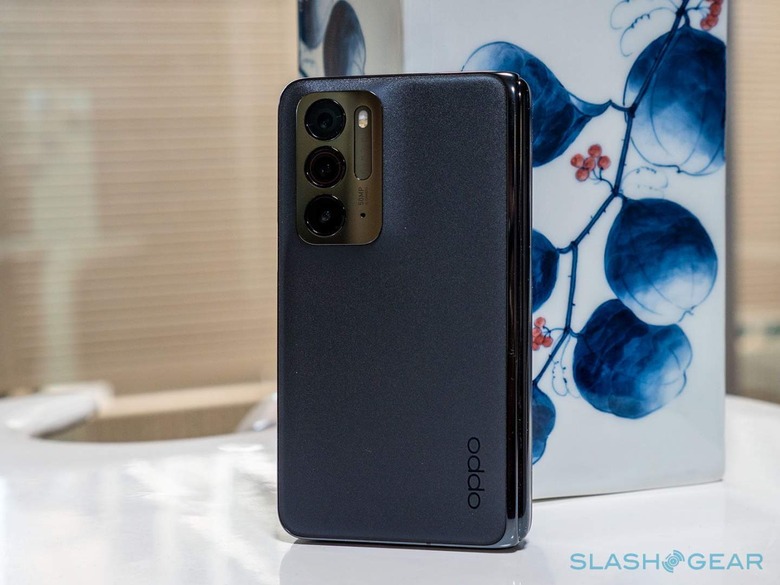
Of course, it is hardly perfect, and it doesn't really reduce the risks that come with foldable screens in general. To some extent, it actually makes it worse because of its lack of strong dust and waterproofing. Its extremely limited availability makes all the arguments moot for most people anyway. Still, it's hard not to be impressed by how much OPPO was able to accomplish with its first try, perhaps making some already look forward to the next OPPO Find N.
